High-yield planting techniques of Lentinus edodes
The common formula of culture material is mixed sawdust or mulberry branch powder, cottonseed hull, Reed, Osmunda Osmunda, zebra grass powder 78%, wheat bran or bran plus rice bran 20%, gypsum and sugar 1% each.
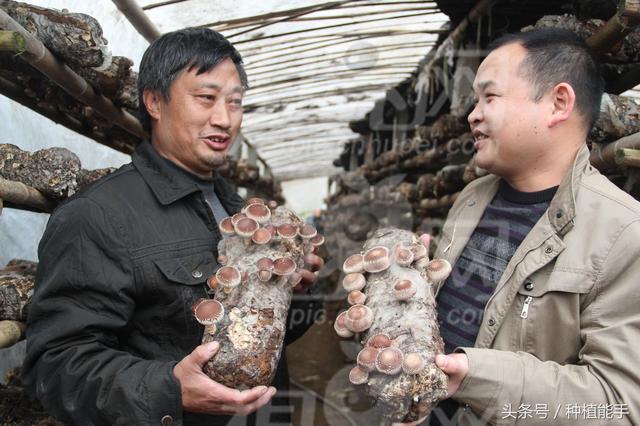
To make the bacterial tube, dissolve the sugar in water, mix the gypsum with a small amount of sawdust, add the sawdust and wheat bran, dry mix first, then add sugar water and water, add 1.2-1.3 times the weight of the dry material, repeatedly mix well, use the bagging machine to put the material into the plastic bag one by one, the volume of each bag is about 1.9 kg; clean the mouth of the bag and the bag table, fasten the mouth of the bag, poke a small vent with wire at one end of each bag, and stick with adhesive tape or adhesive tape.

Then carry out sterilization, the material tube is divided into 2-3 layers and arranged in parallel on the steam rack, leaving a gap on the vertical surface of the center for steam circulation; first heating the fire, reaching 100 ℃, then switching to a gentle fire, keeping it for 10 minutes and 12 hours; after a cease-fire, when the natural cooling is below 80 ℃, open the door to take out the barrel for cooling. Transfer the bacterial tube with the bacterial material below 28 ℃ into the inoculation box, re-fumigate for half an hour, and then drill holes, inoculate and seal.
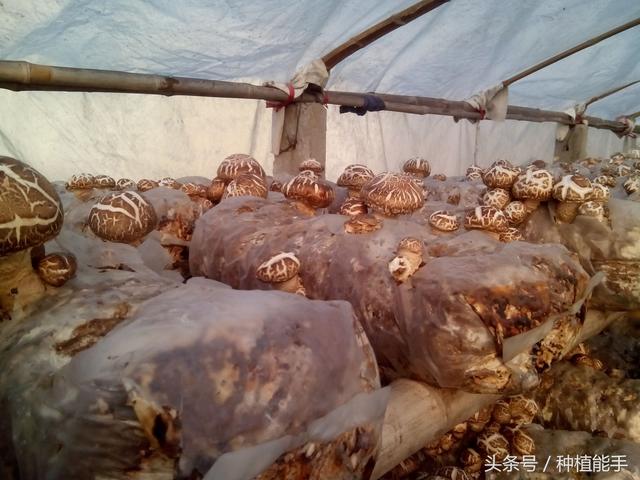
The canister is stacked in the shape of a "well" in the sterilization room, each with 8-10 layers. Leave an aisle between the piles. The culture room is required to be shaded, the room temperature is less than 25 ℃, the air relative humidity is less than 70%, and the air is fresh; it is required to open doors and windows every day for ventilation, turn the pile once after 10 days, and remove the material canister contaminated by miscellaneous bacteria: after 20 days, change the material barrel to the shape of "△" to reduce the stack temperature.
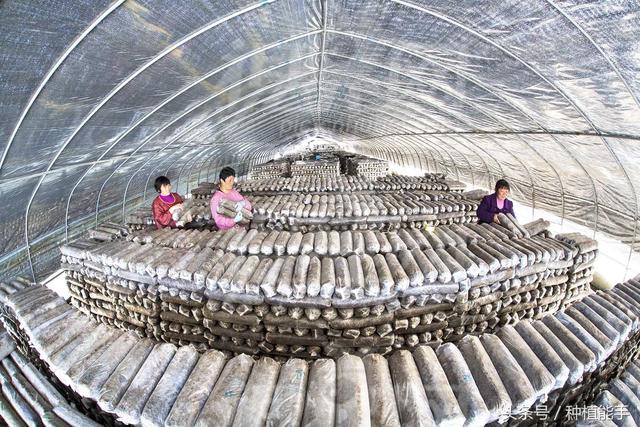
Pierce some small holes in the bag wall close to the outer edge of the mycelium circle to increase air permeability to speed up the infection. When the mycelium is full of material tube, accompanied by a small amount of brown spot, and the elastic tumor-like process around the inoculation hole, it shows that the mycelium has matured physiologically, the tube bag can be stripped off, the tube is arranged obliquely on the mushroom rack, the distance between the tube is 2-3 cm, and the plastic film is covered tightly. The film is not opened within 4 days, the heat preservation is about 26 ℃, and the relative humidity is more than 85%. To be covered with white villous hyphae, ventilation once or twice a day, forcing the hyphae to lodge into a bacterial film, after a week there are brown water droplets, can be washed with water spray, the color of the bacterial film gradually deepens until brown.
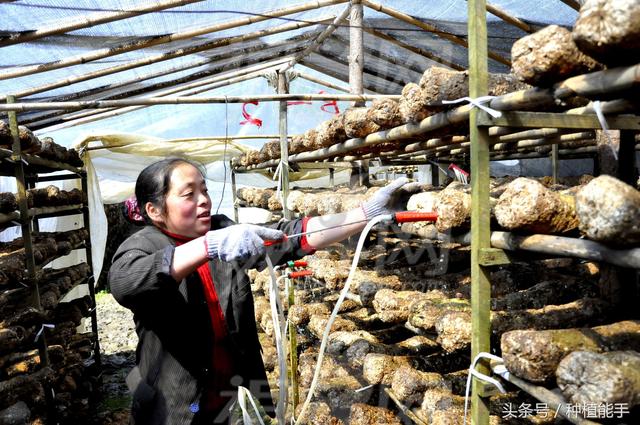
During the mushroom production period from October to May of the following year, the mushroom was harvested more than 10 times, opening the film every day and spraying water into the ground and space; after the second tide mushroom was harvested, the mushroom tubes with more water shortage were soaked or injected with water; after each tide mushroom was harvested, stop spraying for 2-3 days to promote mycelium growth; cooling measures were taken in early autumn and late spring to increase shade and surrounding environment water spraying, increase film removal times, and so on. In winter, we should pay attention to heat preservation and increase the amount of light transmittance. Lentinus edodes are harvested when they are in the shape of "brass gong curling".
- Prev
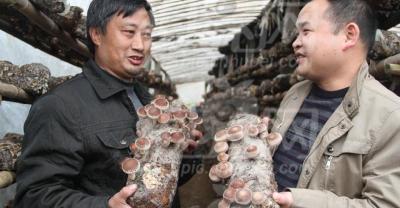
Seedling planting plan in 2018
2018, a new starting point, a new journey! At this time, seedling people are thinking, which seedling varieties can lead the market in the new year? What kind of seedlings can.
- Next
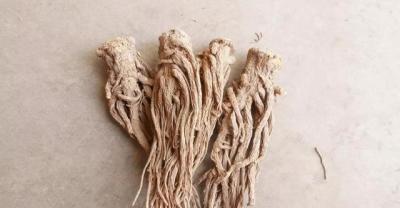
Grow asparagus at home
The editor recently found that some people have transferred their enthusiasm for growing flowers to growing vegetables. A few days ago, a flower friend consulted the editor on how to grow asparagus in the family. The family grows vegetables.
Related
- Fuxing push coffee new agricultural production and marketing class: lack of small-scale processing plants
- Jujube rice field leisure farm deep ploughing Yilan for five years to create a space for organic food and play
- Nongyu Farm-A trial of organic papaya for brave women with advanced technology
- Four points for attention in the prevention and control of diseases and insect pests of edible fungi
- How to add nutrient solution to Edible Fungi
- Is there any good way to control edible fungus mites?
- Open Inoculation Technology of Edible Fungi
- Is there any clever way to use fertilizer for edible fungus in winter?
- What agents are used to kill the pathogens of edible fungi in the mushroom shed?
- Rapid drying of Edible Fungi

